118
SSTF Scheduling Algorithm
Shortest seek time first (SSTF) algorithm selects the disk I/O request which requires the least disk arm movement from its current position regardless of the direction. It reduces the total seek time as compared to FCFS.
It allows the head to move to the closest track in the service queue.
Disadvantages
- It may cause starvation for some requests.
- Switching direction on the frequent basis slows the working of algorithm.
- It is not the most optimal algorithm.
Example
Consider the following disk request sequence for a disk with 100 tracks
45, 21, 67, 90, 4, 89, 52, 61, 87, 25
Head pointer starting at 50. Find the number of head movements in cylinders using SSTF scheduling.
Solution:

Number of cylinders = 5 + 7 + 9 + 6 + 20 + 2 + 1 + 65 + 4 + 17 = 136
Next TopicSCAN and C-SCAN Algorithm
